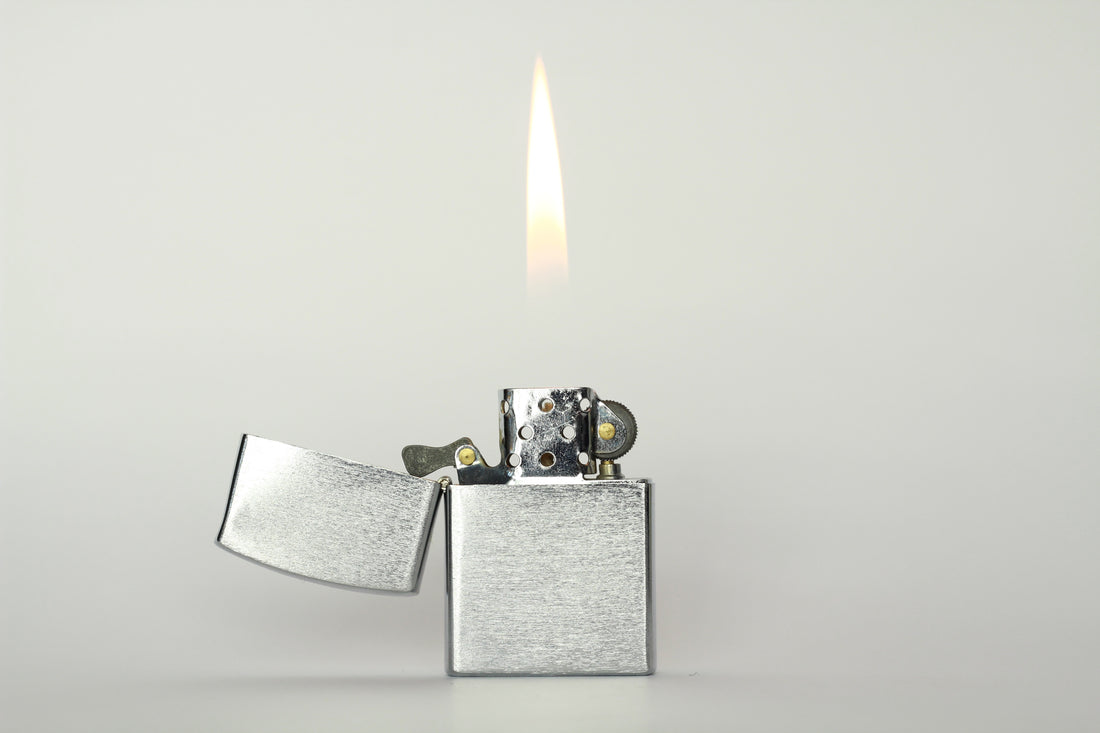
How a lighter works
Lighters are an essential tool in our lives. They are used to light candles, and even gas stoves. However, have you ever wondered how a lighter works? In this blog post, we will discuss the mechanism behind a lighter and how it works. A lighter is a small handheld device that is used to generate a flame. It is composed of three main parts: the fuel chamber, the flint wheel, and the ignition mechanism. The fuel chamber is where the lighter fuel is stored. This fuel is usually butane or propane. When the lighter is turned on, the fuel is released from the fuel chamber and mixes with air to create a combustible mixture. The flint wheel is the part of the lighter that generates the spark. It is made up of a small wheel that is coated with a material that produces sparks when struck against a rough surface. This rough surface is called the flint, and it is usually made of ferrocerium or other similar materials. The ignition mechanism is the final component of a lighter. It is responsible for releasing the fuel and igniting the spark generated by the flint wheel. When the lighter is turned on, the ignition mechanism opens a valve in the fuel chamber, allowing the fuel to flow out of the lighter. This fuel mixes with air to create a combustible mixture. When the user presses down on the ignition mechanism, it creates a spark that ignites the combustible mixture, producing a flame. There are different types of lighters available on the market, and they all work on the same principle. The most common type of lighter is the disposable lighter. These lighters are made of plastic and are designed to be used once and then thrown away. They are convenient to use and easy to carry around. There are also refillable lighters that can be refilled with fuel when the fuel runs out. These lighters are made of metal and are designed to be durable and long-lasting. They are usually more expensive than disposable lighters, but they are more eco-friendly and cost-effective in the long run. In conclusion, a lighter work
